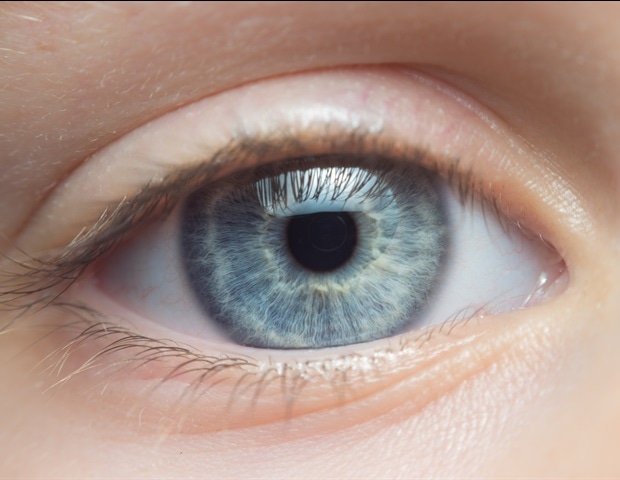In a current evaluation printed within the journal Nature Drugs, researchers summarized recognized literature findings of the unexplained post-acute infection syndromes (PAISs).
 Assessment article: Unexplained post-acute infection syndromes. Picture Credit score: Donkeyworx / Shutterstock
Assessment article: Unexplained post-acute infection syndromes. Picture Credit score: Donkeyworx / Shutterstock
Overview and medical presentation of PAISs
Sadly, the power sequelae of acute infections typically go undiagnosed because of the non-specific signs and lack of goal diagnostic options. Such an sickness characterizes PAISs, during which sufferers are usually not capable of recuperate fully from the acute infections, the trigger of which is unexplainable, and the causative pathogen stays unidentifiable by routine diagnostic strategies.
Q fever fatigue syndrome is a well-established PAIS that’s brought on by the Coxiella burnetiid bacterium and is a really debilitating situation. One other PAIS with a longtime causative pathogen is the post-dengue fatigue syndrome, brought on by the mosquito-borne dengue virus.
Different PAIS embody the post-Ebola syndrome (PES), post-polio syndrome (PPS), and Publish-chikungunya power inflammatory rheumatism (pCHIK-CIR), the causative pathogens of that are the Ebola virus, poliovirus, and chikungunya virus, respectively.
Nevertheless, a number of pathogens such because the Epstein Barr virus (EBV), West Nile virus, Ross River virus, Coxsackie Ba virus, H1N1/09 influenza virus, Varicella Zoster virus (VZV) virus have been reported to trigger unexplained and unnamed PAISs. Additional, Publish-Polio syndrome can manifest even after 15 to 40 years after a poliomyelitis infection.
PAIS by neurotropic organisms such because the West Nile virus has been reported to trigger persistent adjustments just like these noticed in post-polio syndrome. Likewise, the symptomatology of Ross River virus-induced PAIS and chikungunya virus infection are recognized to be related.
H1N1/09 influenza A virus, VZV, and coxsackie B have been related to an elevated threat of myalgic encephalomyelitis/power fatigue syndrome (ME/CFS), underpinning the event of power sequelae on publicity to sure pathogens.
The core signs of PISs are centered on fatigue, exertion intolerance, sensory and neurocognitive impairments, flu-like signs, irritability, poor sleep, sweating, arthralgia, and myalgia, with a large spectrum of non-specific and different signs.
The neurocognitive signs embody loss of focus, mind fog, and reminiscence loss. The signs are recurrent or power in nature. Different signs are disease-specific, reminiscent of eye issues in Ebola virus-induced PAISs and anosmia and/or ageusia in lengthy coronavirus illness (COVID).
Lengthy COVID
Lengthy COVID or post-acute sequelae of extreme acute respiratory syndrome coronavirus 2 (SARS-CoV-2) infection (PASC) is a time period that encompasses a number of power results noticed amongst SARS-CoV-2-positive sufferers submit the acute infection. PASC has been recognized in gentle, average, and extreme COVID 2019 (COVID-19) sufferers. The signs final for a number of months and can’t be defined by one other prognosis.
Frequent PASC signs embody cough, dyspnea, chest ache, anosmia, cognitive impairments, and fatigue. The signs additionally have an effect on the efficiency of each day actions and will relapse or fluctuate. Lengthy COVID sufferers current with variable signs that final for various time durations.
PASC sufferers recovering from extreme SARS-CoV-2 infections could both current with pulmonary injury subsequent to acute respiratory misery syndrome (ARDS) or pneumonia or could exhibit persistent post-intensive care unit (ICU) syndrome symptomatology. Most of the PASC people have been reported to be aged males with extreme COVID-19.
PASC sufferers recovering from asymptomatic or gentle to average COVID-19 could current with fever, arthralgia, myalgia, sensory disturbances, and intolerance to exertion, just like these noticed amongst ME/CFS sufferers. Such PASC displays have been predominantly present in ladies.
Researchers have postulated that SARS-CoV-2 infections could set off or unmask medical circumstances reminiscent of diabetes, postural orthostatic tachycardia syndrome (POTS), Guillain–Barré syndrome, and thrombotic issues.
Pathogenesis of PAISs
Every kind of pathogenic organisms reminiscent of micro organism, fungi, viruses, and parasites have been implicated within the pathogenesis of PAISs.
The long-term presence of pathogens (micro organism/virus/fungi/parasite) presenting as persistent infections or persistent unviable pathogen remnants results in power stimulation of the host immune system. Subsequently, T lymphocytes and B lymphocytes are activated, which allows the interplay of the persistent pathogen with the pathogen-associated molecular patterns (PAMPs) of the host. Subsequently, the pathogenic ribonucleic acid (RNA) binds to the sample recognition receptors (PRR) of the host cell. The pathogen-PRR binding stimulates innate immunity.
Another mode of activation of the immune system includes the impairment of regulatory T (Treg) lymphocytes by the persistent pathogen, because of this of which, autoreactive lymphocytes goal antigens of the host (self) and induce antibodies inflicting autoimmune impairment of the host immune techniques.
Persistent and power infections may additionally happen as a result of microbiome dysbiosis or dysregulation of the microbiota-gut-brain axis as a result of reactivation of latent pathogenic organisms and activation of microglia by afferents of the vagus nerve. Both of the mechanisms may lead to organ injury reminiscent of mind atrophy, lung fibrosis, cardiovascular injury, renal dysfunction, vasculature injury, and villous atrophy.
To conclude, PAISs characterize an enigmatic spectrum of medical illnesses. Additional biomedical analysis is required to elucidate their underlying molecular mechanisms and develop goal markers for immediate prognosis and efficient therapy.





